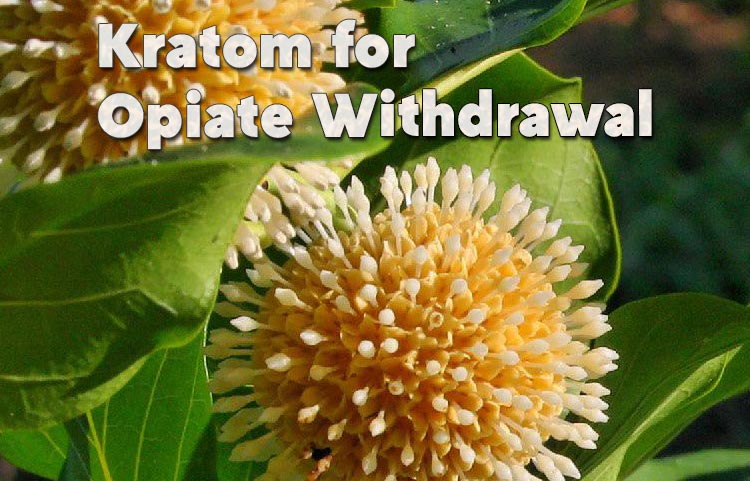Kratom (Mitragyna speciosa) is an evergreen tropical tree from Southeast Asia that can be used for many medicinal and daily lifestyle benefits. Indigenous people have been using kratom for thousands of years for multiple purposes such as but not limited to energy boost, treating diarrhea, coughs, fevers, sexual enhancement, and pain relief. One of the most important benefits of Kratom however, is the ability to eliminate addictive opiate symptoms and cravings.
Is Kratom is an Opiate?
No. Kratom is not an opiate. It is an opioid agonist. In other words, kratom imitates the same effects of harmful opioid drugs such as hydrocodone, heroin, morphine, and many more. Other popular opioid agonists include subutex, methadone, and suboxone. However, many individuals who use these powerful medications tend to become dependent on them and end up trading one drug for another. Kratom contains two alkaloids (Mitragynine and 7-hydroxymitragynine) that are more potent than morphine and help to alleviate the undesired withdrawal symptoms.
Both of the kratom alkaloids bind to the mu- and delta- opioid receptors in the brain and provide withdrawal relief. These receptors are responsible for greatly affecting your pain and mood levels. When mitragynine binds to the receptors, a feeling of euphoria and pain relief is experienced similar to that of morphine. However, mitragynine tends to bind more to the delta opioid receptors while opioid drugs usually bind more to the mu opioid receptors.
Kratom Dosage
When experimenting with the size of the dosage very interesting effects begin to occur. If you ingest a large dosage, kratom will begin to bind to the mu opioid receptors more frequently. It produces feelings of euphoria followed by heavy drowsiness. Smaller doses will produce a stimulating, mood boosting experience. Every person will have a different tolerance level. Generally speaking a large dosage will consist of about 8 grams or more while 3-7 grams can be considered a small dosage. There are claims stating that 9-10 grams is the correct amount to activate the mu opioid receptors.
There are currently many popular strains of kratom that you can get online through the Kratom Krush website. However, some strains have been reported to be superior to others when attempting to end powerful opiate addictions. Red Bali and Red Maeng Da kratom are two common and potent strains of kratom that may assist you with your opiate withdrawal symptoms. There are three major classifications of kratom: white vein, red vein, and green vein. Each color strain produces different benefits. However, the red horn kratom is the most ideal for treating opiate withdrawals because of its ability to produce powerful painkilling and sedating effects. You should learn more about its amazing benefits and try it out for yourself.
Free of Opiates
If you want to be free of opiate addictions give this method a try. Invest in a weight scale to accurately measure your grams of kratom. Consume 8 grams of powdered kratom (preferably the strains mentioned above) on a daily basis. Mix the 8 grams in a cup that you filled with the juice of ONE grapefruit. The grapefruit will enhance the effects of the Kratom. (A relatively small sized person you can start with 3-5 grams). Purchase an opiate withdrawal formula called Calm Support to aid with the addiction.
Throughout the course of the following weeks, slowly decrease your opiate consumption while drinking your Kratom in the mornings. If you can quit cold turkey go for it. Most experts recommend a gradual cleanse to avoid shocking your body with withdrawal symptoms. Choose a date for when you will completely stop ingesting opiates. Begin using the Calm Support one week before that date.
Some Instruction Needed
For the first 4 days take 2-4 Calm Support pills in the morning along with your kratom and grapefruit blend. Wait at least an hour before eating breakfast. Naturally producing endorphins is a great way to enhance your mood. Most importantly to heal your body. You can increase your endorphin levels by consuming more high-quality proteins or drinking more water. Eating plenty of vegetables and fruits, eliminating unhealthy sugars, and exercising on a regular basis is always a good idea.






